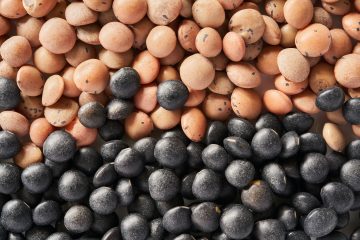Time Series
ARCH / GARCH models for Time Series
Volatility is a statistical measure of the dispersion of data or variance around its mean over a certain period of time. In finance, it refers to how much the price changes between periods. For example, if it is high, the price may increase or decrease a lot from one day Read more…





